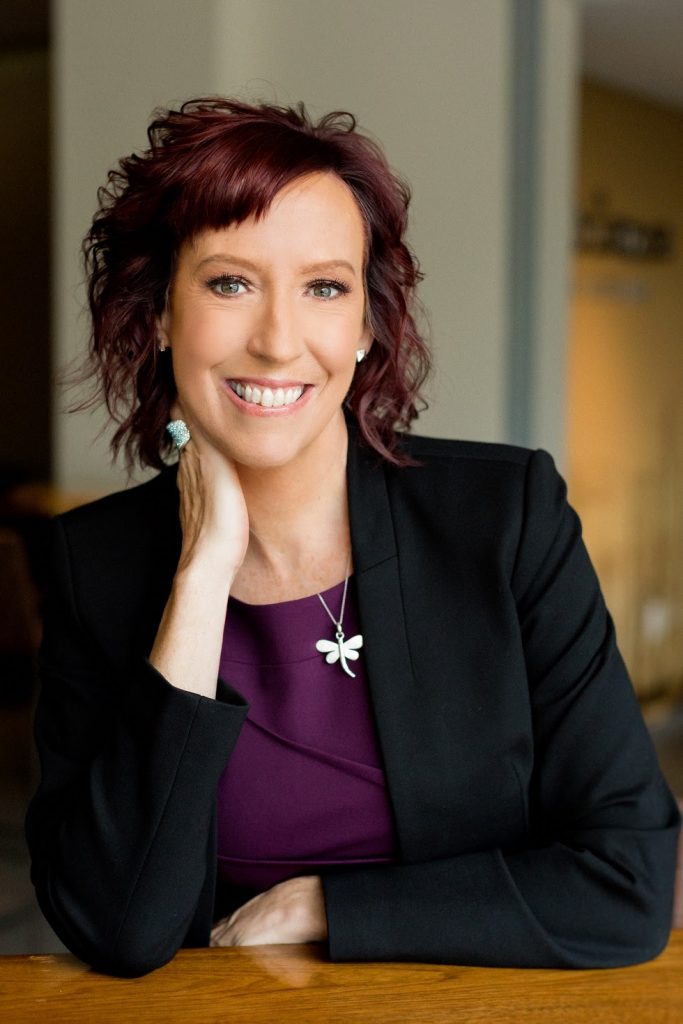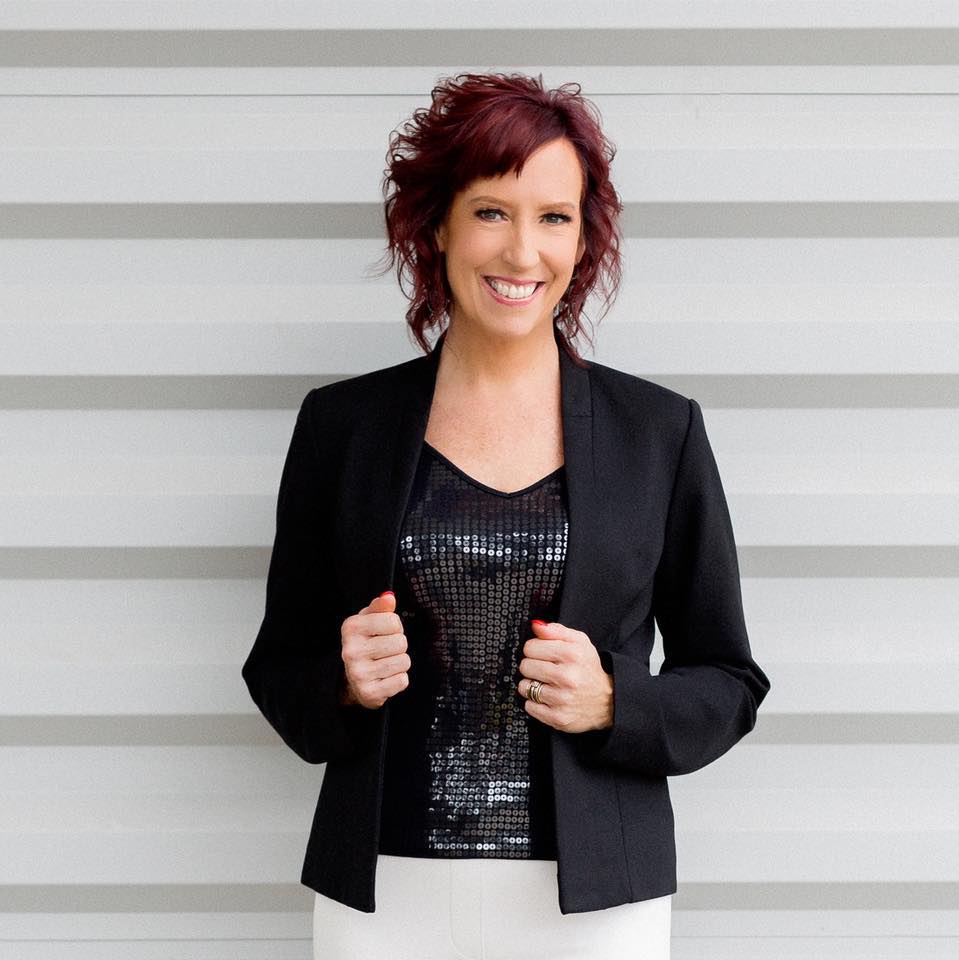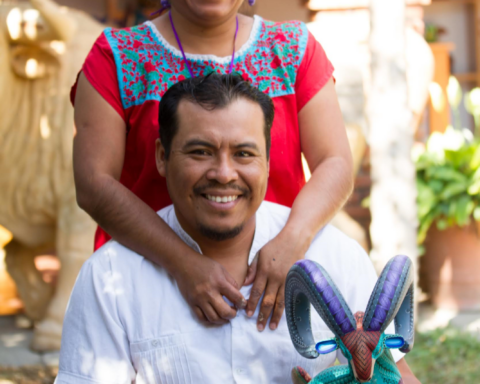
About Kim LaMontagne, LLC
I teach leaders how to create workplace cultures that foster open dialog about mental health without judgment, retribution, or job loss.
I was a top-performing corporate professional, trailblazer, mentor, coach, and leader. I was also someone who lived with a dark secret.
To everyone else, I appeared happy, confident, strong, and a great communicator.
Inside, I felt unworthy, ashamed, and incapable. Like an imposter. I hid behind a mask of fear and shame in the workplace with undisclosed depression, anxiety, suicidal thoughts, and alcohol misuse. I remained silent and never asked for help because I was scared of being seen as weak or incapable, and terrified of tarnishing my professional integrity.
I was a nightly wine-drinker. My typical serving of wine was 5-6-7-8 glasses a night, followed by blackouts and hangovers. My high performance hid the fact I was struggling with alcohol misuse and mental health challenges.
On July 16, 2009, I found the courage to remove my mask, finally ask for help, and began my journey of sobriety. But it wasn’t until 2016 that I found the courage to speak openly about it in the workplace.
During recovery, I experienced deep depression, anxiety, isolation, and a suicide attempt. Through it all, I remained a top performer, suffering behind my mask of high performance to hide the intensity of my pain. I remained silent because I was ashamed to be in recovery. That shame stemmed from the debilitating stigma associated with alcohol misuse and mental health struggles.
Imagine that. I was ashamed that I had quit drinking because I still considered myself an ‘alcoholic’, a word bathed in negativity and covered in stigma. I no longer use the word alcoholic. I have also removed the words ‘addict’, ‘psycho’, ‘nuts’, ‘junkie’, ‘crazy’, ‘loonie’, ‘schizophrenic’, ‘on the wagon’, ‘off the wagon’, and countless more from my vocabulary.
I have replaced them with person-centered words, like ‘person living with addiction’, ‘person living with a mental health condition’, ‘person experiencing trauma’, ‘person in recovery’.
It wasn’t until I shifted to person-centered language that I discovered I am not an alcoholic. I am a person living with alcohol use disorder.
Words matter, quite literally. Changing to a person-centered language changed my life.
At 12 years sober and healthy, I now see this as an opportunity to bring my experience forward and teach leaders how to create a mentally healthy workplace culture; a culture where everyone feels safe enough to come forward and ask for help.
In 2016, I became a certified presenter and state trainer with National Alliance on Mental Illness, NH in their “In Our Own Voice Program (IOOV)” and I began sharing my story on stages.
I also developed a curriculum called, The 4 Pillars of Creating and Sustaining a Mentally Healthy Workplace Culture, to teach corporate leaders how to create a workplace culture that fosters open dialog about mental health.
Countless leaders have approached me after hearing my story to share with me that they, too, are or have experienced mental health challenges. They’re also telling me they need solutions to support employee mental health as they navigate through challenging times.
We are living in challenging times right now.
I felt a strong pull to step away from my 40-60 hour workweek in the corporate world, and step into my purpose of helping others. So, on 4/1/2020, I walked away from my corporate role and created Kim LaMontagne, LLC to focus on my leadership training, The 4 Pillars of Creating and Sustaining a Mentally Healthy Workplace Culture.
Available in person, virtual, or on-demand, The 4 Pillars is a full-day corporate training program that teaches leaders how to:
* Recognize the impact of ignoring mental health in the workplace
* Share the lived experience to bring the human connection to mental health
* Change the perception of mental health and decrease stigma
* Create an environment of safety in the workplace
Change starts at the top. By training leaders to open the conversation about mental health in the workplace, we empower employees to speak their truth and remove blockages to peak performance. The most powerful organizations make it possible for individuals to remove the mask of fear and shame and speak openly about mental health in the workplace.
The 4 Pillars of Creating and Sustaining a Mentally Healthy Workplace Culture gives leaders a clear roadmap to building a culture of safety in their workplaces and embrace the conversation about mental health and well-being… It’s a culture where everyone feels safe enough to come forward to say, “I’m not ok and I need help.”
My story is not unique. What is unique is that I can speak openly about my lived experience to bring hope and healing to others.
Working 25 years in corporate means I understand the role of the leader and teach from the perspective of the lived experience. This blended experience gives leaders a view into mental health through both my personal lens and my corporate one.
My goal is to eradicate stigma in the workplace by training leaders to create safe spaces for individuals to come forward.
This is accomplished by training leaders using my methodology in The 4 Pillars of Creating and Sustaining a Mentally Healthy Workplace Culture. Upon completion, leaders can recognize the impact of mental health in the workplace, recognize the value of sharing the lived experience, change the perception of mental health in the workplace and create safe spaces for individuals to come forward and ask for help.
A workplace that embraces psychological safety is good for humanity – and from a business perspective, it’s good for the bottom line.
Challenges
Prior to the pandemic, there was less discussion about mental health in the workplace. The pandemic has illustrated that mental health can affect anyone and it does not discriminate. COVID-19 has exposed the fragility of mental health around the globe and thrust the topic of mental health in the workplace to the top of the list of a CEO’s concerns.
According to the Census Bureau, more than one-third of Americans have displayed clinical signs of anxiety, depression or both since the COVID-19 pandemic started. When it comes to the workplace, a national poll by Pew Research found this number jumped to a whopping 55% for people experiencing financial difficulties.
The same poll also revealed some shocking numbers for mental health in the workplace, with only half of employees saying they felt comfortable discussing mental health issues. A full third worried about retaliation or being fired if they sought mental health care.
And last year, McKinsey & Company released a report called Mental Health in the Workplace: The Coming Revolution, that recognized employees need and are increasingly demanding, more and better resources to help them cope with mental health challenges. This report also states that “if companies make mental health services more accessible and intervene in the workplace in ways that improve well-being, they will simultaneously make investments that will provide real improvements in employee outcomes and consequently in company performance.”
Opportunities On The Horizon
The silver lining of COVID-19 is that the pandemic has pushed mental health to become a top priority for many CEOs. Leaders are now recognizing how critical it is to create a safe workplace culture that fosters open dialog about mental health, yet many reports feel unprepared to identify and support an employee in distress.
I fill that gap, teaching leaders the skills they need to be confident they can navigate difficult conversations around mental health. Leaders don’t need to be counselors, but they do need to know how to identify an employee in distress, have the courage and confidence to open the dialog, listen with empathy, identify resources, and crosswalk the employee to professional resources.
Lives depend on it.
My goal is to eradicate stigma in the workplace by providing safe spaces for individuals to come forward. This means training leaders using my methodology in The 4 Pillars of Creating and Sustaining a Mentally Healthy Workplace Culture.
To bring this training to larger audiences, I recently partnered with Gibson Insurance, HR Collaborative, Nurseify, NursesBond, NH Governor’s – Recovery Friendly Workplace Initiative, and Show Me your Stethoscope to bring training solutions and mental health resources to their clients and members. Additionally, I have joined forces with John Broderick, Former Chief Justice, NH Supreme Court to amplify the message that mental health doesn’t discriminate, and we must talk about it. Judge Broderick’s family was impacted by mental illness, and he openly shares his experience to normalize the conversation about mental health.
Build Up Others As You Build Your Business
When you’re starting a business, it’s critical to surround yourself with people who understand your vision and bring valuable skills to your team. When I first started Kim LaMontagne, LLC, I was the sole person behind the brand.
Today, I have a team that includes an executive assistant, a web designer, a web developer, a graphic designer, a social media strategist, and a public relations specialist. Every person on my team brings unique skills to the table and contributes to growing my mission and vision.
Many new business owners believe they can do it on their own and end up spending countless hours on tasks that take them away from their true passion and purpose. By investing in a team, you can focus on the mission and your goals, and let the team take care of the details.
My team tells me to “dream big Kim and let us worry about the ‘how’.” That is a recipe to rise and make the biggest impact possible.
- Our Big Kitchen’ (OBK) is a non-profit organization located in Sydney, Australia - April 10, 2023
- Duos CBD, a hemp product E-commerce website - April 10, 2023
- SOFA SPOONING SEX POSITION - April 7, 2023






